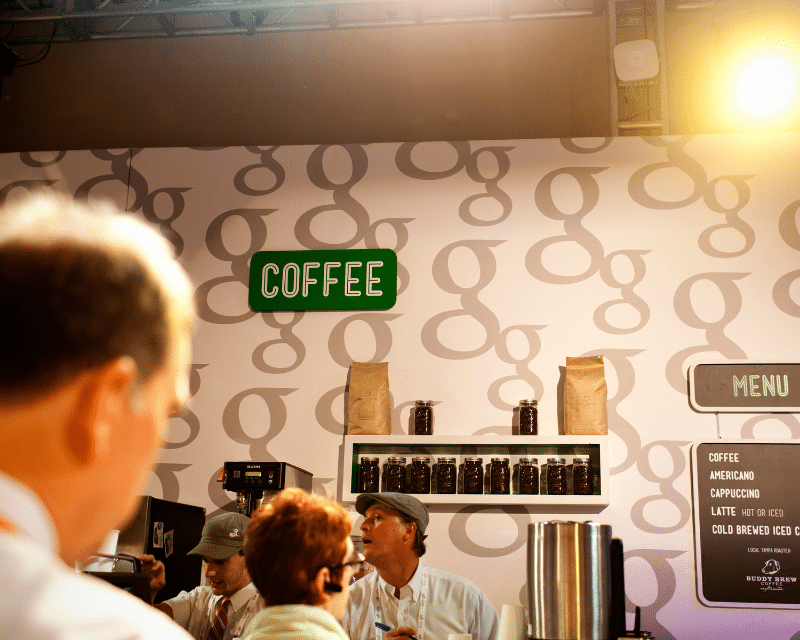- Collected
- Article
Designing And Building A Desk
Making the perfect writing place

- 28 September, 2020
- Tobias Jones
The relationship between writers and their desks is odd. In many ways that flat object is no more important than the floor. It just supports stuff after all. As many of us have turned our workspaces into multimedia suites, the analogue beauty of wood seems less important than functional formica with niches for speakers and trunking for cables. I’m surprised how little I’ve thought about my desk until now. The word, after all, is etymologically linked to ‘dish’ and ‘disc’. A desk is the plate from which we serve up our words to the world.
There are reasons for our ignoring of that precious plate. Since writing is a much more private activity than, say, being a lawyer or headmistress, writers’ desks tend to be less demonstrative. They don’t need to exude power or authority and very few writers I know have what might be called ‘display desks’, the dark leather, green felt and anglepoise lamp trying to capture the enviable authority of other professions.
Some writer-friends, it’s true, are evangelists about one sort of surface or another. Other than the ‘internetisation’ of the desk space, the biggest shift in desk fashion in the last fifty years is the use of standing desks like wide lecterns. The benefits for health and concentration are, they tell me, proven.
But on the whole desks – at which we’ll spend years of our working lives – aren’t really discussed in the same fetishistic way as, say, pens or fonts. The objects on them are intriguing: because the mood and ambience are so important to what we do, writers often surround themselves with objets d’art which might, we hope, keep us creative: stones, pots, lines, twigs — anything to stimulate and, maybe, keep us in touch with the evasive muse. But all the desks in my life have, until now, been grim.
I’ve always sat at desks I dislike. Growing up, I avoided my desk because, well, I was a teenager. The most I did was throw over it some batik tablecloth. In rented houses I worked at whatever furniture I found. And then for fifteen years I borrowed my wife’s old desk: a heavy slab of blonded plywood which was far too narrow and whose drawers were so deep and sticky that anything entering them – all those great ideas and book projects – rarely ever emerged.
That desk I palmed off onto a daughter and, on the cusp of middle age, I found myself with a dream office: wall-to-wall books, a mini-pew and an armchair for intimate one-on-ones, pictures and maps and its own bathroom. But still the desk was dismal. My aunt-in-law is an architect and she kindly lent me her old design board, but the thing was angled, wobbly and full of broken pins and pin-holes. You couldn’t even get your knees below the iron cross underneath. You had to squeeze them together just to get close to the keyboard and it was like, I imagine, always wearing a bra two sizes too small.
So for three years I’ve been looking for the wood to build my own desk. I sometimes doodled designs before trawling the saw-mills and reclamation yards. I originally wanted to buy freshly sawn oak, but the costs were eye-watering (I was quoted €450). I would even have bought the perfect desk off the shelf, but in Parma (where I live) furniture shops tend to be chilly warehouses with austere salespeople wearing colourful glasses and a lot of make-up. Their desks were all glass and brushed steel and cost over €2,000.
So I knew that I would have to make it myself from some old planks I found in a flea-market or reclamation centre. That way, at last, I would have a desk that was utterly bespoke. I’m not a great carpenter, but I’ve made tables and chairs in the past, and nothing could be worse than what I was putting up with already.
This June, I finally found what I needed. It was a dismantled living-room unit of various shelves, drawers, a glass cabinet and a long base. There were probably 8–10 square metres of decent oak. It wasn’t perfect (it was thickly lacquered and a bit scratched) but it was good enough. I bought it, slung it all in the garage and just stared at it for twenty-four hours, trying to work out what to do.
Like writing, the design stage of building something is a bit like looking in the mirror. You have all sorts of unwanted voices in your head, prompted by vanity or insecurity. I thought I wanted purist simplicity and understated originality, but kept hearing a nagging voice saying ‘it has to be grand!’ or else ‘you’re not up to dovetail joints’. My daughter – obsessed by symmetry – came up with the design (79 cm deep just because that was the only way to have four unspoilt corners, and 79 cm high because I had spent hours sat on a chair working out exactly where I wanted my elbows). It would be 190 cm long. Large, but not ostentatiously so.
The more I worked on it, the more I remembered that carpentry is very similar to writing. When you start out, there’s excitement and the naïve notion that the result will be as perfect as it was in your head. Then, slowly, the realism begins. Things are more complicated than you expected (the wood is scarred by hinges and handles), and the more you get inside the nitty-gritty, the harder it is to see the big picture.
Fortunately there’s another critical voice in my life, my son’s. ‘It’s bound to wobble’, he said. That was the big picture I needed: as long as it was horizontal and absolutely rigid, and my knees could fit under it, it was a result. My anti-wobble strategy was to have the four flat legs in two different planes, so that the (unlikely) possibility that one might bend was always counteracted by the others. And the originality was to have two drawers which were vertical, rather than horizontal.
As I was working on it – and it took about two weeks of evenings and weekends – I began to wonder whether my carpentry is like my writing. Both are, I suppose, deliberately simple (which is actually surprisingly complicated to achieve). I hope that there’s something humble or just aesthetically charming in my Shaker plainness. I’ve always disliked deceit in furniture – the fake knots and grains of plastic parading as wood – and it’s the same, I hope, with what I type.
But at the same time, writers, we know, withhold and mislead. We play with the reader by pretending we’re telling it straight when we’re not. Likewise, all good desks need a secret drawer, especially with two teenagers in the house. So behind that simplicity is something that will give you more than you bargained for — call it sophistication or dishonesty or just a secret.
The longer the process went on, the more it was like editing. It’s all about erasure: I stripped back, planed, looked, and sanded some more. I wanted smoothness, almost a reminder of absence (where are the joins?). I wanted zero friction — just as I seek flow and pace in writing, I wanted a desk that was absolutely pin- and pock-free. But that, too, raised a critical voice and reminded me of a self-criticism: that simplicity and smoothness can sometimes appear slick. Honest friends have sometimes observed that a weakness in my writing is that it can come across as breezy or easy, with a cutely-turned phrase which avoids the complications of a subject.
I’m taking the comparison too far because a desk and the words which arise from it are probably actually opposites. A desk should never wobble, but words, I think, should. I often urge my creative writing students to play verbal jenga with their work, taking away one block or word after another until their prose or poetry really is teetering. That’s when writing has energy. Behind the easy-delivery of simplicity, I want my prose to be jittery like heating molecules.
For me, the real connect between carpentry and writing is to do with allowing the brain to free-wheel. I’m amazed how often my words and ideas find a life of their own, wandering without my permission, when I’m wrestling with the glorious solidity of wood. When I go to the garage, with a tape measure on my belt and a pencil behind my ear, I’m concentrating and problem-solving for whatever project I’m on, but suddenly, out of nowhere, an idea or a word bubbles up, and I drop everything and get back to the keyboard.
So I now have a new desk. My son’s scepticism has been dismissed and teenage girls haven’t yet located the secret drawer. My wife has admired it gratifyingly. But for me, sitting at it now as I write this, the real difference is simply the comfort. I can uncross my legs, straighten them, roll back from the desk with a strong push. The only thing I haven’t yet done – but I’m planning to – is fall asleep at it.
You might also like:
Wioletta Greg reflects on her life and RLF grant experience
A Polish author previously longlisted for the International Booker Prize, Wioletta now lives in Lewes, East Sussex.
The Life and Times of Reverend David Williams
As we get ready to celebrate our 234th anniversary on 18 May, a recent RLF grant beneficiary takes a deep…
Anywhere But a Room of One’s Own
I am a writer looking to be re-homed. All I need is a laptop, a table and a chair, and…


